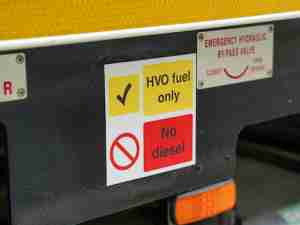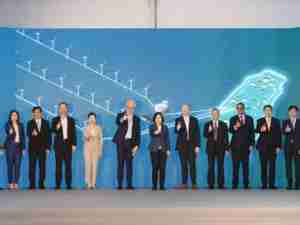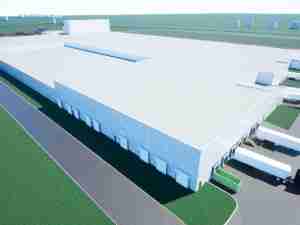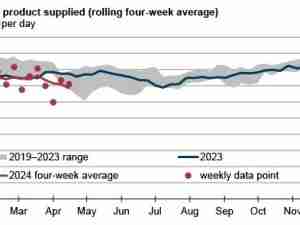Rebels delay finish of Peru natgas pipeline expansion until 2016
By: Reuters | Oct 14 2014 at 02:48 PM
The expansion of Peru’s main natural gas pipeline has been delayed by nearly a year because of threats posed by insurgents and is now set to wrap up in the first quarter of 2016, the pipeline operator said on Tuesday.
Expansion work is now 55 percent complete and will cost some $475 million in total, said Ricardo Ferreiro, the general manager of Transportadora de Gas del Peru (TGP).
The pipeline now moves natural gas from Peru’s abundant Camisea gas fields in its southern jungle to the central coast.
The expansion project will more than double its carrying capacity from 610 million cubic feet per day to 1.54 billion cubic feet, Ferreiro said.
But the lingering presence of a remnant band of Shining Path rebels in a coca-growing region near the Camisea gas fields has slowed the pace of construction, Ferreiro said.
In 2012, the Shining Path kidnapped a few dozen contract employees of TGP before releasing them unharmed days later.
Since then, TGP has reported rebel attacks on its infrastructure and threats to its workers.
“The security problem is still present,” Ferreiro said at an energy event. “But we have the support of the state, which has put security forces in the area that allow us to work.”
The Shining Path is widely believed to coordinate with drug traffickers in a swath of jungle valleys known as the VRAEM.
Rebels were suspected of killing a soldier and wounding five others on Monday.
The pipeline expansion is seen as key to helping satisfy surging demand for natural gas on Peru’s coast, where most economic activity takes place and most of the country lives.
About half of electricity generated in Peru comes from natural gas, which is also increasingly fueling cars and buses.
The Camisea gas fields are tapped by a consortium led by Argentine energy company Pluspetrol.
Earlier this year, the Canada Pension Plan Investment Board became the largest shareholder in TGP, controlling a 36.8 percent stake in the Peruvian company.
(Reporting By Patricia Velez; Editing by Chris Reese)










